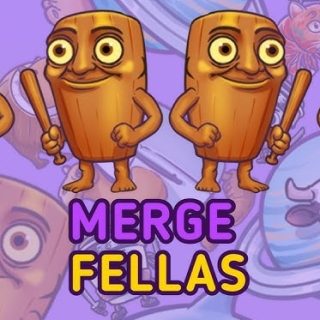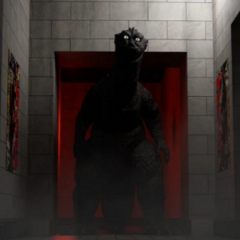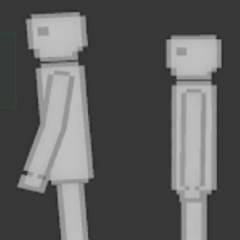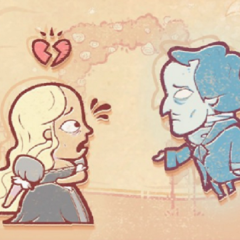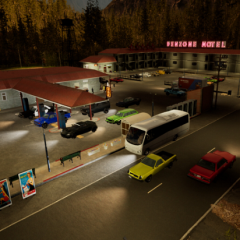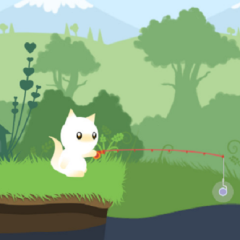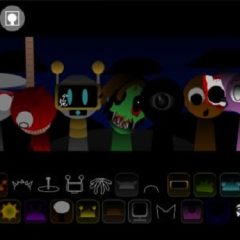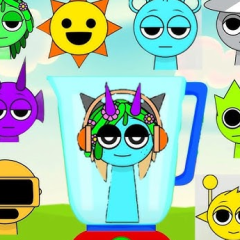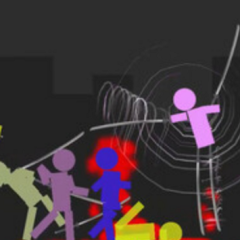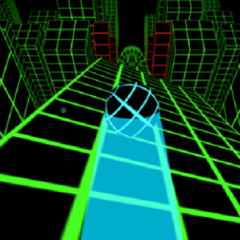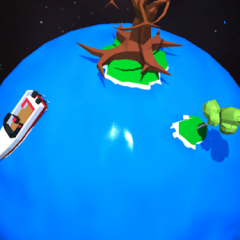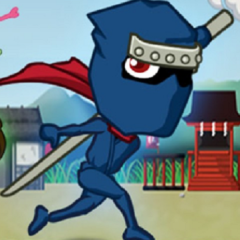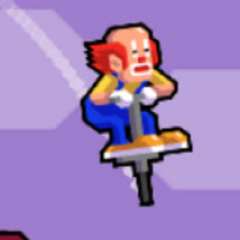Grid Layout and Merge Rules
The game takes place on a square board divided into fixed cells. Each round introduces new items, and the player must decide where to place them. When two identical tiles are placed adjacent to each other, they combine into a new form. Each successful merge frees space while increasing the level of the resulting item. Merges can be horizontal, vertical, or occasionally chain-based, depending on the game mode. Once space runs out and no merges are possible, the session ends.
Game Components and Options
Merge Fellas Brainrot includes a set of visual and gameplay elements that define its structure. Different modes adjust the item sets and board behavior. Players can earn temporary boosts or extend rounds through strategic merges or milestone completion.
Included elements:
- Fixed-size board with mergeable cells
- Chain reaction merges under specific conditions
- Unlockable character tiers across sessions
- Random item generation with queue preview
- Restart function for grid-clearing at the cost of points
Replay Conditions and Player Strategy
After each session, players receive a score based on how many merges were completed and which tier was reached. There is no permanent progression system; instead, players are encouraged to beat their own previous records. Strategic planning is essential as the board begins to fill. Knowing when to delay a merge or save space for future tiles can affect the final outcome. Some rounds include time pressure, while others focus on move limitation.
Merge Fellas Brainrot is built around repetition, placement, and combination logic. Without any narrative or external systems, the entire experience is centered on board management and space awareness. The player’s ability to merge, wait, and organize determines the result. With each new attempt, a different sequence of pieces offers a new challenge, keeping the structure consistent but never predictable.


